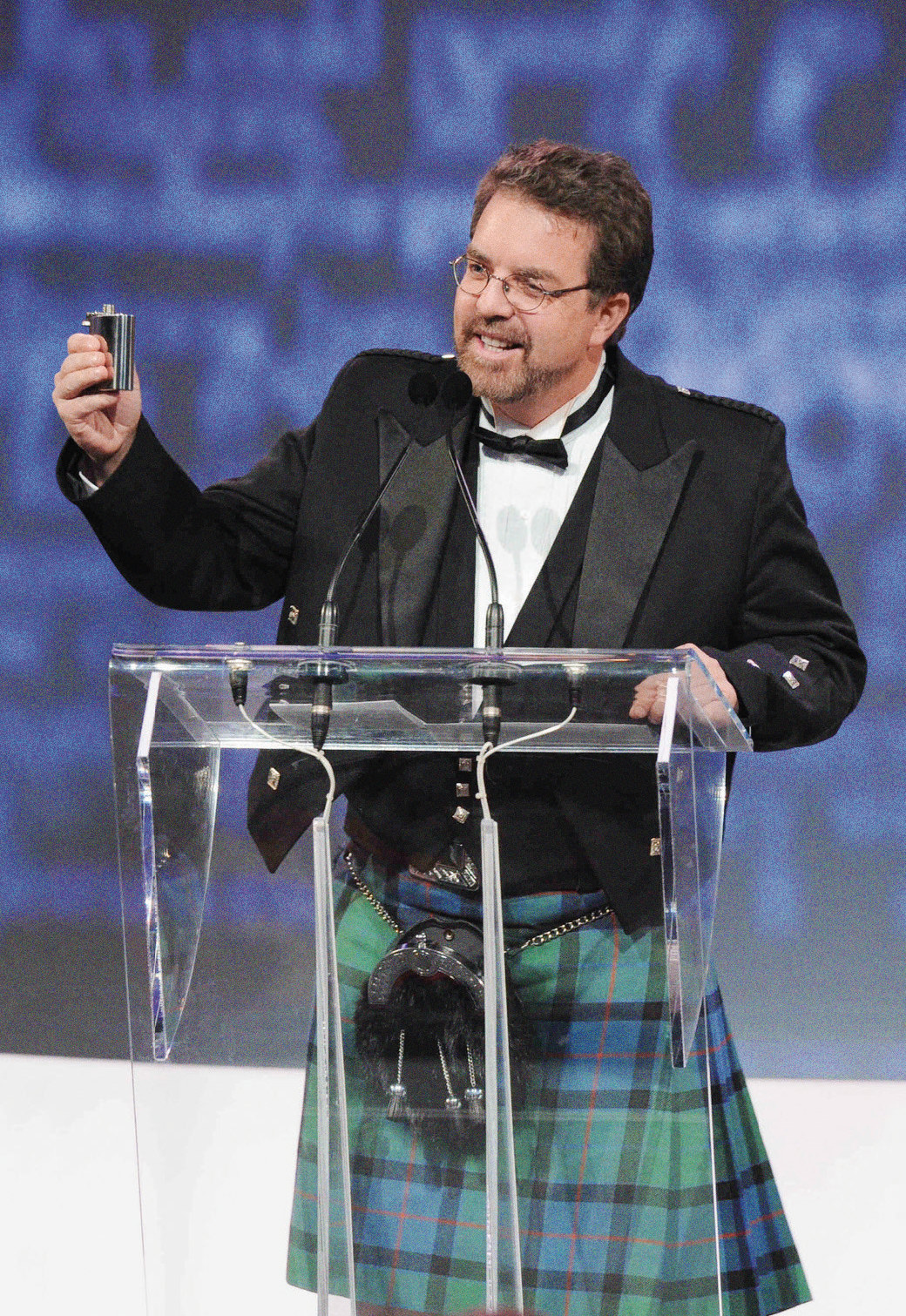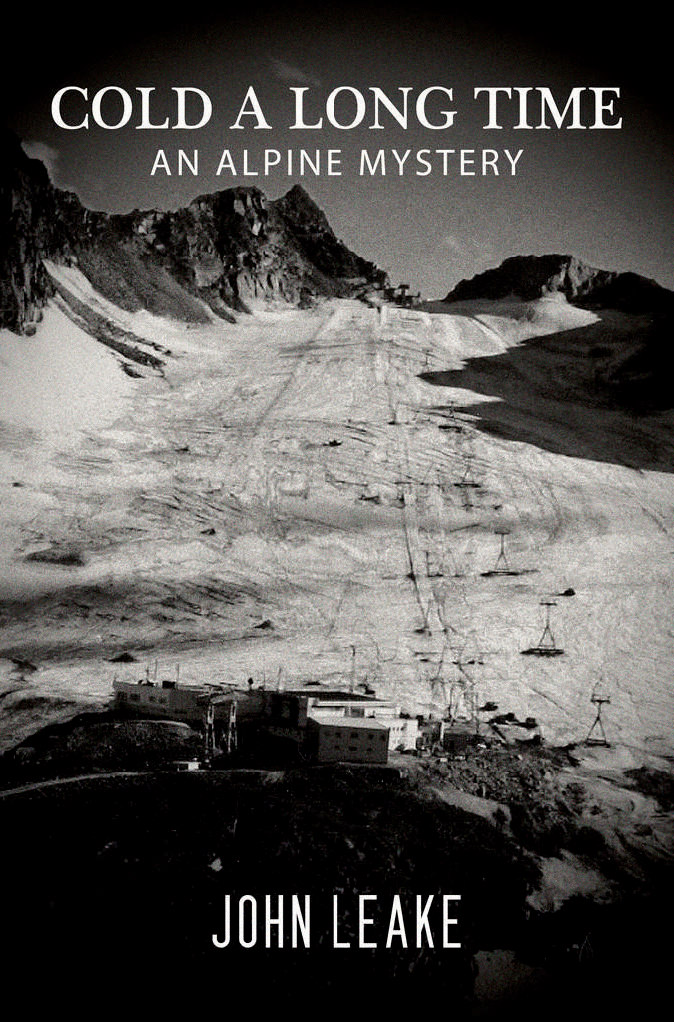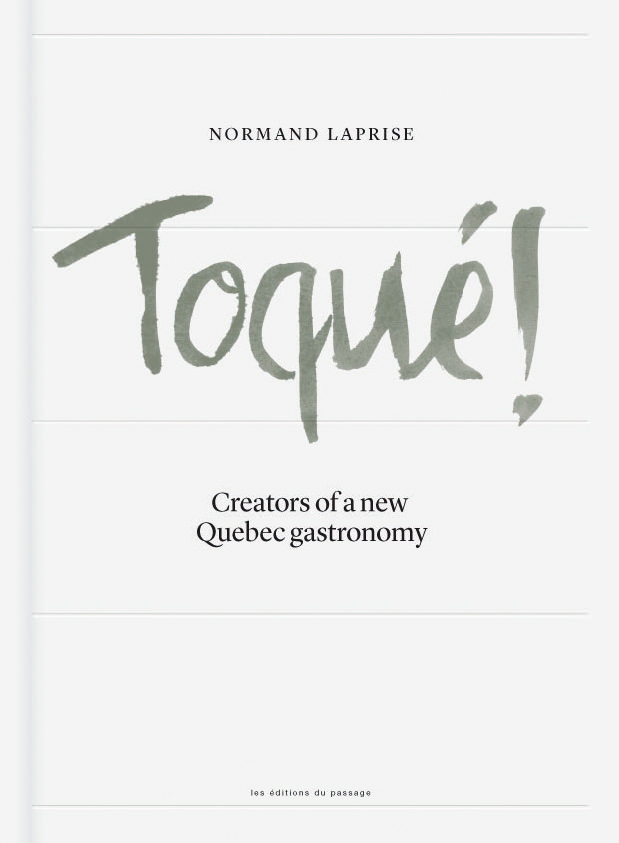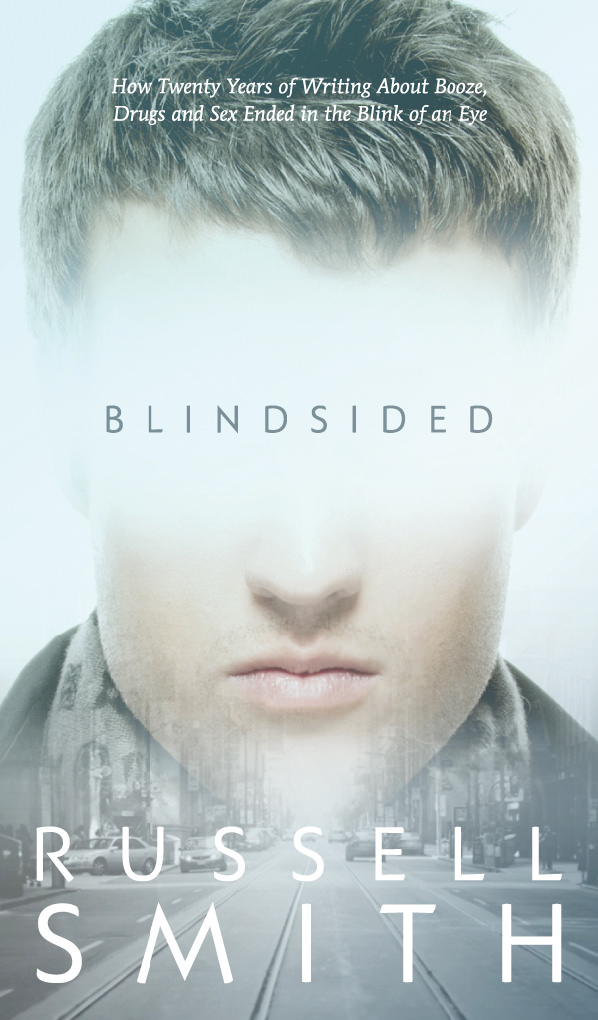-
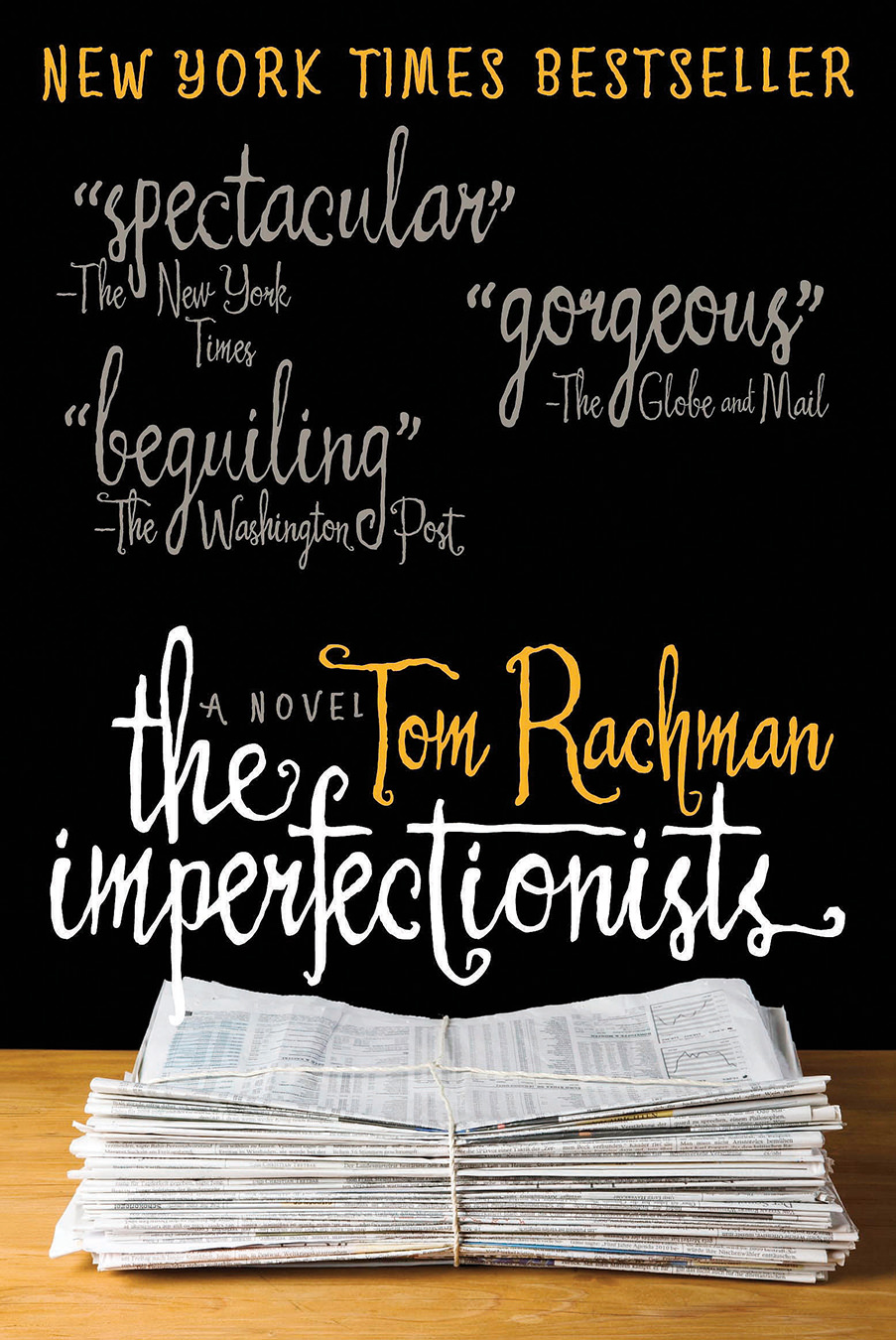
The Imperfectionists by Tom Rachman.
-
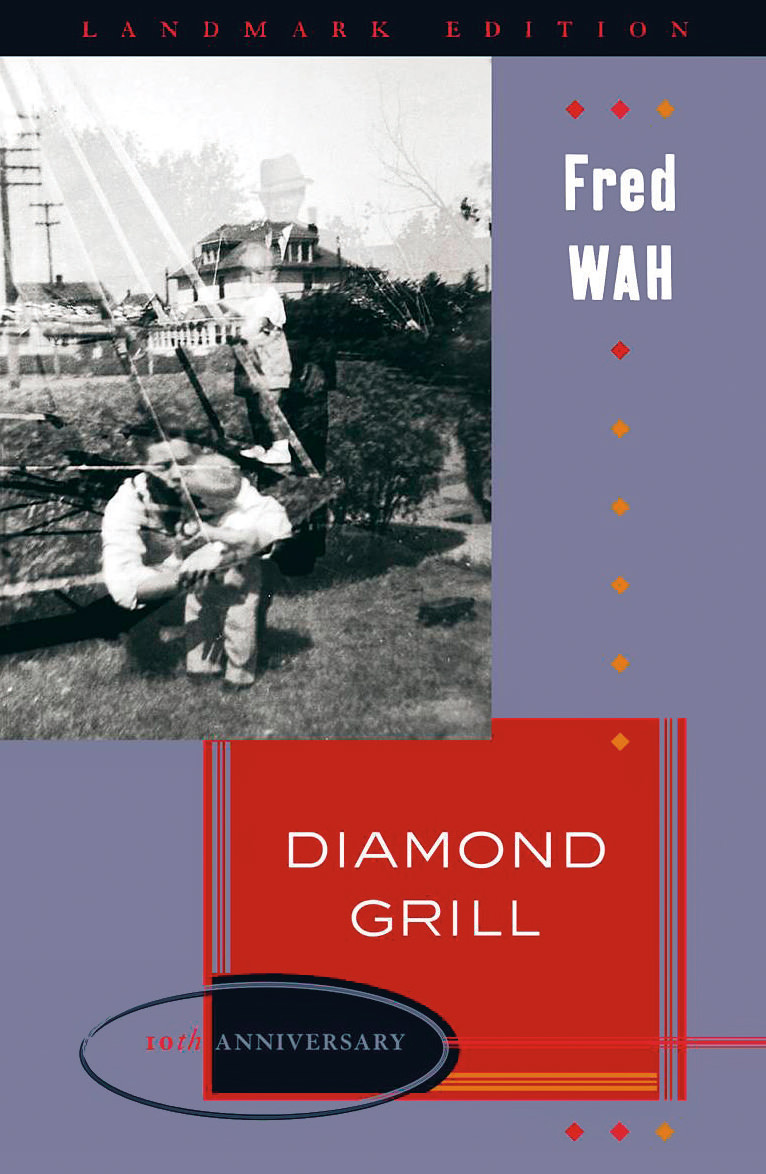
Diamond Grill by Fred Wah.
-
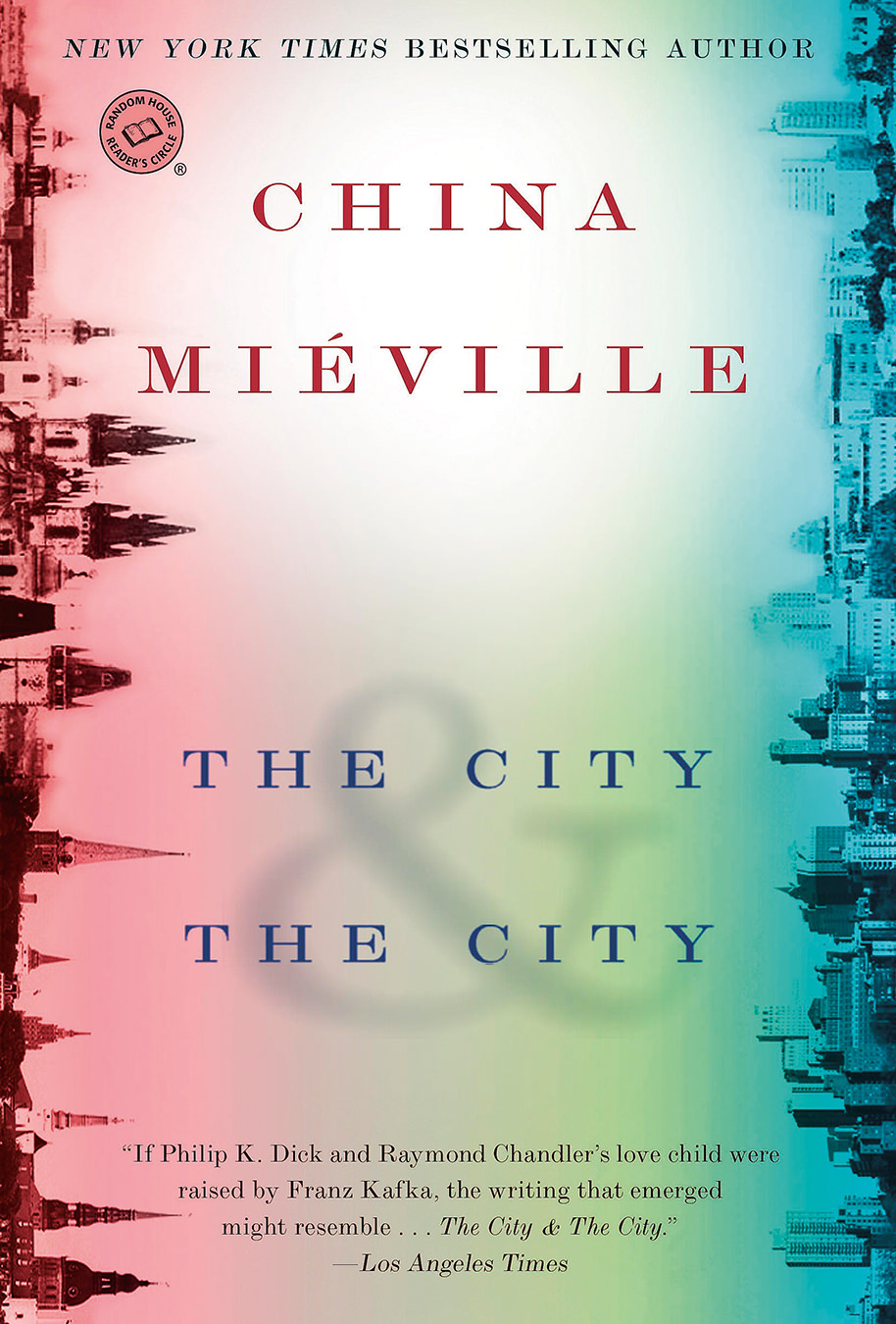
The City & the City by China Miéville.
Off the Shelf: Wages and Pages
Books by Fred Wah, China Miéville, and Tom Rachman.
Given how much of our time is consumed by work, it’s surprising how much we enjoy reading about occupations. How many back-cover blurbs describe not the personality traits of the story’s protagonist, but rather the job—“a successful doctor”, “a retired detective”, “a young lawyer”, and so forth. Books, for many, occupy a period at the end of the day, a time during which the goal is relaxing, unwinding with that oft-sought good story. But when we’re not working, we still like reading about working.
The trick of writing about work is that the writer has to maximize the more interesting facets while minimizing the laborious. As a result, much of fiction defaults to high-concept plot devices. Lawyers don’t spend hours or days on paperwork; authors focus on the most exciting (and/or morally ambiguous) cases of their careers. Doctors don’t truck with influenza; they confront patient zeros of global pandemics.
Diamond Grill
However, talented writers can take the more mundane (yet realistic) elements and, with a significantly less sensational spin, make them just as interesting. And rare is the writer who doesn’t have a varied CV, which can result in insights and experiences drawn from real life, fascinating windows into other lives. Such is the case with Diamond Grill, by Canadian novelist and Governor General’s Award–winning poet Fred Wah, who uses his experience working in his father’s Chinese café in Nelson, B.C., as a young boy in the 1950s as the backdrop for exploring themes of family, racism, and life in a small Canadian town.
Wah’s ethnicity—his mother is Swedish, his father is part Chinese, part Scots-Irish—is a constant source of confusion. “[My mother] was shunned by her family for marrying a Chinaman,” he writes. “At least until I was born; my blond hair and blue eyes enough to ease her parents’ anxiety about the colour of their grandson’s skin.” And yet he is seen by others in the opposite light:
There’s a whole bunch of us who’ve grown up as resident aliens, living in the hyphen. Like the Chinese kids who came over after 1949 couldn’t take me into their confidence. I always ended up playing on the other team, against them, because they were foreign and I was white enough … When I visited China and I told the guide of our tour group that I was Chinese he just laughed at me. I don’t blame him. He … was much happier thinking of me as a Canadian, something over there, white, Euro. But not Chinese.
Tied into his examination of race and culture are myriad memories detailing the life of a kid in a small town, set in that most ubiquitous of locales: a restaurant. Under Wah’s writing, food and ethnicity become innately mixed. The various exotic dishes served in the café (alongside such diner staples as Salisbury steak) are presented as sometimes reluctant cultural cornerstones, such as “ox tail soup, deep fried cod, chicken with pineapple and lichee—things we don’t always taste willingly but forever after crave.”
The book, which is more prose than poetry but comprises both, is made up of roughly one-page vignettes; the sometimes out-of-order chronology has the effect of making the reader the recipient of memories, not just a story. But it is his exploration of race and culture that is most poignant. “The only people who call themselves Canadian live in Ontario and have national sea-to-shining-sea twenty-twenty CPR vision,” he writes, and later notes, “We would rather be anywhere, as long as we are somewhere. We would rather be anyone, as long as we are someone.”
The City & the City
One of the most thrilling aspects of reading is feeling that click when you’ve anticipated where a book is going to take you, and you realize—delightfully so—that you’re wrong. The best books have at least a few; the books that consistently fail to meet your expectations—in a good way—should be treasured, and The City & the City by China Miéville is one of those.
The story begins in Besźel, a city in an unnamed Eastern European country. A murder has occurred, and Inspector Tyador Borlú is put in charge of the investigation. Clues appear almost immediately, both in the murder case and in the context of the setting itself. At one point, Borlú says, “Most of those around us were in Besźel so we saw them.” Then, later: “In Besźel it was a quiet area, but the streets were crowded with those elsewhere.” And: “I was hemmed in by people not in my city, walking slowly through areas crowded but not crowded in Besźel.”
The facts are these: the city of Besźel occupies the same space as another, called Ul Qoma. And yet the cities are separated, culturally and spiritually if not quite physically. Citizens of both cities are trained from childhood to recognize cultural aspects belonging to those in their other—fashions and colours (like “Besźel Blue”, which is illegal in Ul Qoma), mannerisms, ways of walking. Some streets, blocks, and buildings are “crosshatched”—accessible to those in both cities—while others are “total” (in the observer’s city) or “alter” (in the opposite city).
Breaking this boundary—by physically “crossing” or even by simply acknowledging the existence of the other city by looking at people, buildings, or anything nearby yet in a completely different jurisdiction—is called “breach”. It is the most egregious taboo and is punished even more seriously than murder.
It is a fascinating idea, but instead of just a one-note thought experiment, Miéville draws out threads of plausibility to make real such an impossible metropolis. He even addresses the politics of the city and the city; Ul Qoma is economically blockaded by the United States, while Besźel enjoys the fruits of trade. And throughout their history, the two cities have even been “noncombatant supporters of opposing sides in conflicts, such as during the Second World War—not Ul Qoma’s finest hour.”
With Inspector Borlú as our guide, we are taken not just into investigation of the crime—which appears to involve breach—but into the specifics of life under these circumstances. Imagine the border between the cities, realized in a building called Copula Hall, through which “vehicles with their stamped permissions-to-cross emerged at the opposite end from where they entered, and drove into a foreign city. Often they doubled back, on the crosshatched streets … to the same space they had minutes earlier occupied, though in a new juridic realm.” The City & the City is at its best when it makes the reader deliberate the intricacies of the complicated setup, and it is thus fortunately full of thought-provoking situations—to say nothing of a solid murder mystery.
The Imperfectionists
If detectives make up the most popular fictional occupation, writers must not come far behind; of course, and unsurprisingly, writers love to write about writing. The Imperfectionists, the first novel by Canadian/British writer Tom Rachman, tells the story of an English-language newspaper that is headquartered in Rome. Each chapter focuses on a different member of the staff, with the paper’s history told in-between. The older members of the editorial team reminisce about the glory days of years past, when the cachet of working at a newspaper—to say nothing of living in Rome—outweighed the drab daily duties. But this is the 21st century, and print is fading, and the paper is not adjusting well. (“The corrections editor, Herman Cohen, nixed all talk of a website. ‘The Internet is to news,’ he said, ‘what car horns are to music.’ ”)
Thus we have two stories, at least: one of the paper and one of those who run it. First on the list of the latter is Lloyd Burko, Paris correspondent—or so he was. Burko has gotten old, and the world has moved on; he has no computer and insists on sending his pitches by way of fax, which infuriates the editors. He lives vicariously through his memories of the more glorious annals of the news business; staring at old phone numbers scratched on scraps of paper, “he grins at names of former colleagues: the editor who cursed him out for missing the first Paris riots in ’68 because he had been drunk in the bathtub with a lady friend … How many of these ancient numbers still work?”
Rachman excels at tragicomedy, and his sharp humour tends to offset the often lonely and not unusually sad lives of those inhabiting the chapters. Burko’s is a sad story, one of a life made fabulous in younger days because of his reckless decisions, but now rendered inert by the same: “For the first time since age twelve, Lloyd witnesses the world without motive. And he is quite lost.”
As are many of the others. Young Cairo stringer Winston Cheung, wide-eyed and totally unprepared, “wanders around his neighborhood, Zamalek, vaguely hoping a bomb might explode—not too close, of course, but within safe note-taking distance.” Pedantic copy editor Ruby Zaga is paranoid, heartbreakingly so, and believes the staff hates her: “The jerks took her chair again, the chair she fought for six months to get … She hunts around the newsroom, curses bubbling inside her, bursting out now and then.” Obituary writer Arthur Gopal toils lifelessly at his work: “His overarching goal at the paper is indolence, to publish as infrequently as possible, and to sneak away when no one is looking. He is realizing these professional ambitions spectacularly.”
The cultured genius loci of Rome clashes greatly with the titular flawed individuals working at the paper, which is part of the charm of it all. And Rachman marvellously ties together the story, and stories. He also imbues the novel with those details that could only have been gleaned from first-hand experience, that you could only assume would be true. It is unsurprising that Rachman worked as a newspaper editor in Europe (Paris, not Rome), and thus can contribute the most intimate of details and images:
In the late afternoon, a truck arrived with a vast roll of newsprint, which the workers slid down the incline at the back, slamming it into the loading bay shuddering the building up to the third floor. Any journalists lazing around up there—joshing with one another, legs kicked up on desks, brimmed hats dangling on shoe tips, cigarettes smoldering in ashtrays—jerked upright in immediate panic. “Fuck, is it that time already?”
He peppers the book with such details—perhaps mundane to those who have worked in the newspaper business, but fascinating to the rest of us—and spins them into gleaming bits of storytelling gold. Which is, after all, for what we read.

